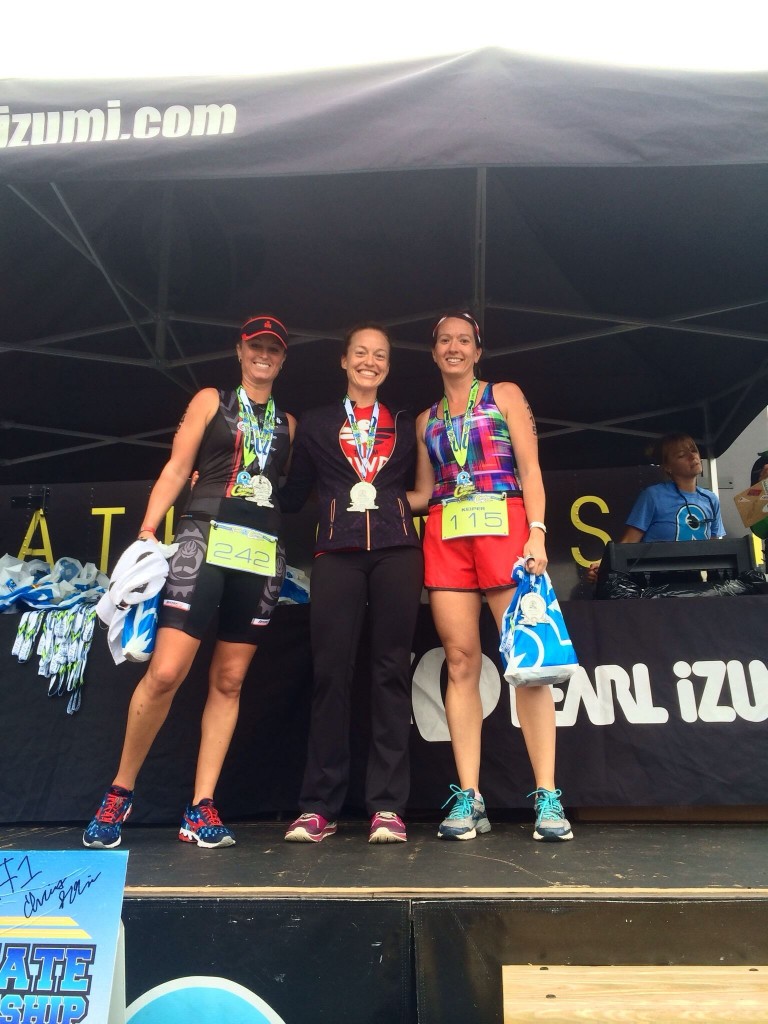It sounds counterintuitive, but this year I’ve had not one but three athletes make HUGE gains in their personal best times simply by going easy on their easy days and resting on those all important rest days.
Although exercise science has been trumpeting this news for a while, it’s a difficult concept to get your head around. When you feel good, why not push harder and faster? You want to get better, right? And it stands to reason that running more and running faster (or cycling or swimming for that matter) would lead to being a better, faster athlete. But this year, I’ve seen several athletes achieve some amazing running goals — and they all shared one major trait: they ran easy on their easy days and took one day completely off each week. This trait was shared by all three even though they all came from different running backgrounds, had different time and distance goals and were different ages and genders.
I used to allow that maybe this theory I like to call “make the easy days easy and the hard days hard” is true for most but not all athletes. I figured that some of my athletes possibly could push the envelop a bit and do well. But just as I saw three of my athletes do well this year, I saw a few fall short. And the ones that fell short were all equally diverse and all shared one common trait as well – they pushed the envelop of this “easy/hard” rule.
Now the biggest question that athletes ask me as soon as give them this talk, is “what is easy?” It’s a good question. I prescribe an easy pace/intensity level to each athlete tailored to their current exercise goals and weekly workout duration. A good rule of thumb is the “talk test.” If you can have a nice conversation with a friend while exercising, you are probably at your easy pace. Your breathing should also recover almost immediately if you stop to stretch during the run. If it takes you a minute or more, you are pushing the pace.
Don’t be afraid to slow it down even more! My strongest athletes took the easy pace I gave them and dropped it by ten seconds a mile on average. For all you Type A athletes out there, that means they made the easy days even easier than suggested!

